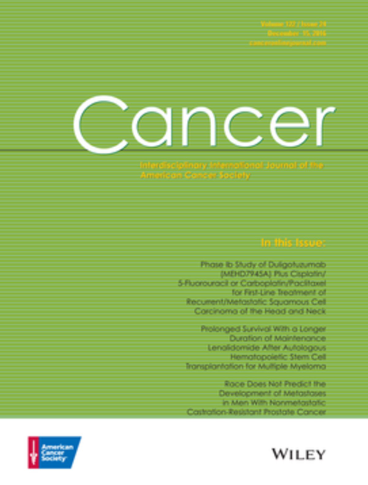Burden of female-specific cancers in China from 1990 to 2021: A systematic analysis for the Global Burden of Disease Study 2021
Abstract
Background
Breast cancer and reproductive system cancers remain significant public health threats for Chinese women. This study aimed to evaluate the latest epidemiological patterns and trends of four female-specific cancers in China.
Methods
The year- and age-specific estimates of the incidence, mortality, and disability-adjusted life-years (DALYs) associated with breast, cervical, ovarian, and uterine cancers in China from 1990 to 2021 were generated from the Global Burden of Disease, Injuries, and Risk Factors 2021 study. The epidemiological characteristics were analyzed with age–period–cohort models. A Bayesian age–period–cohort model was applied to forecast disease burden from 2022 to 2050.
Results
In 2021, China reported 385.84 thousand (95% uncertainty interval [UI], 294.10–489.01 thousand) incident cases of female breast cancer, followed by cervical cancer (132.79 thousand [95% UI, 95.96–172.60 thousand]), uterine cancer (72.02 thousand [95% UI, 53.31–100.00 thousand]), and ovarian cancer (41.24 thousand [95% UI, 30.30–54.55 thousand]). Breast cancer ranked as the primary cause of cancer-related deaths, followed by cervical cancer. The age-specific incidence rate for breast, cervical, ovarian, and uterine cancers are projected to occur in the age groups 60–64 years, 55–59 years, 65–69 years, and 60–64 years, respectively. Breast, ovarian, and uterine cancer cases are projected to rise by 2050, which will exceed those recorded in 2021.
Conclusions
Various inequities have been identified across four types of cancers affecting women, which underscores the need for tailored national cancer control strategies. Emphasis should be placed on primary prevention and screening for breast and cervical cancers, whereas efforts for uterine and ovarian cancers should focus on implementing early diagnosis and treatment measures.
Plain language summary
-
This study examines the burdens and trends of breast, cervical, ovarian, and uterine cancers among Chinese women from 1990 to 2021.
-
In 2021, breast cancer emerged as the most prevalent, followed by cervical, uterine, and ovarian cancers, with breast cancer also exhibiting the highest mortality rate.
-
The age groups projected to exhibit the highest incidence rates for breast, cervical, ovarian, and uterine cancers are 60–64 years, 55–59 years, 65–69 years, and 60–64 years, respectively.
-
Projections indicate that by 2050, the incidence of breast, ovarian, and uterine cancers will surpass 2021 levels, which underscores the necessity for targeted prevention, early detection, and treatment strategies.


 求助内容:
求助内容: 应助结果提醒方式:
应助结果提醒方式:


